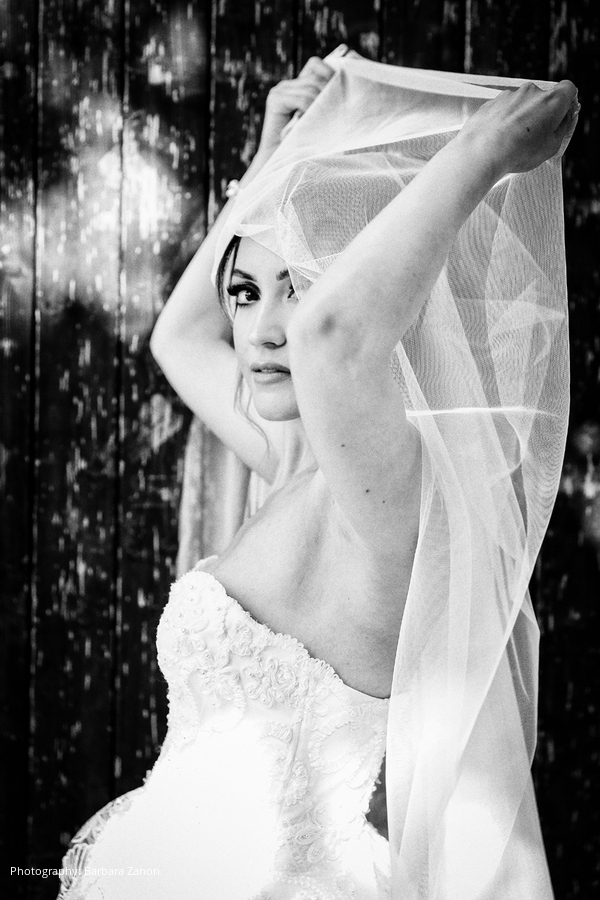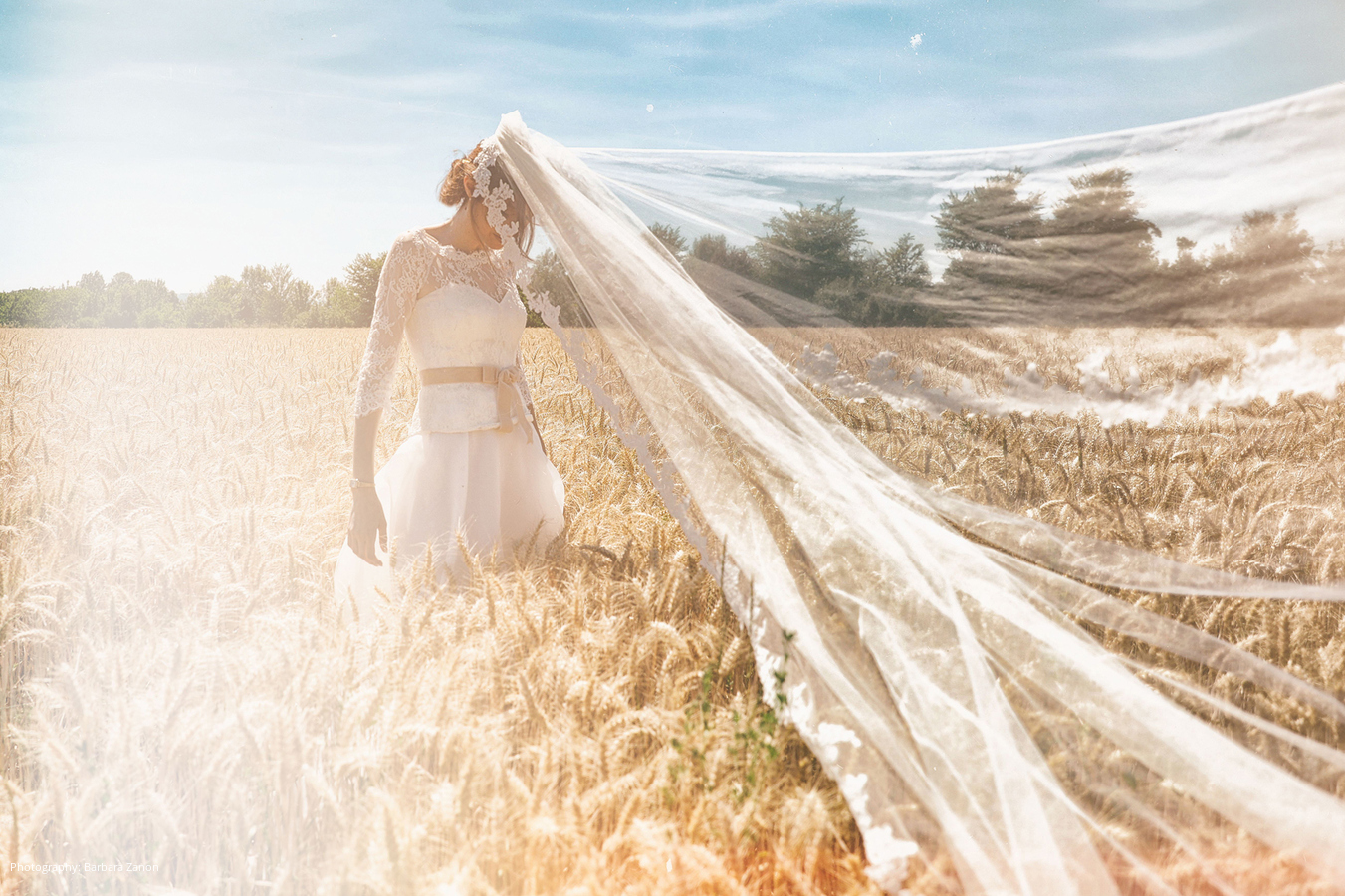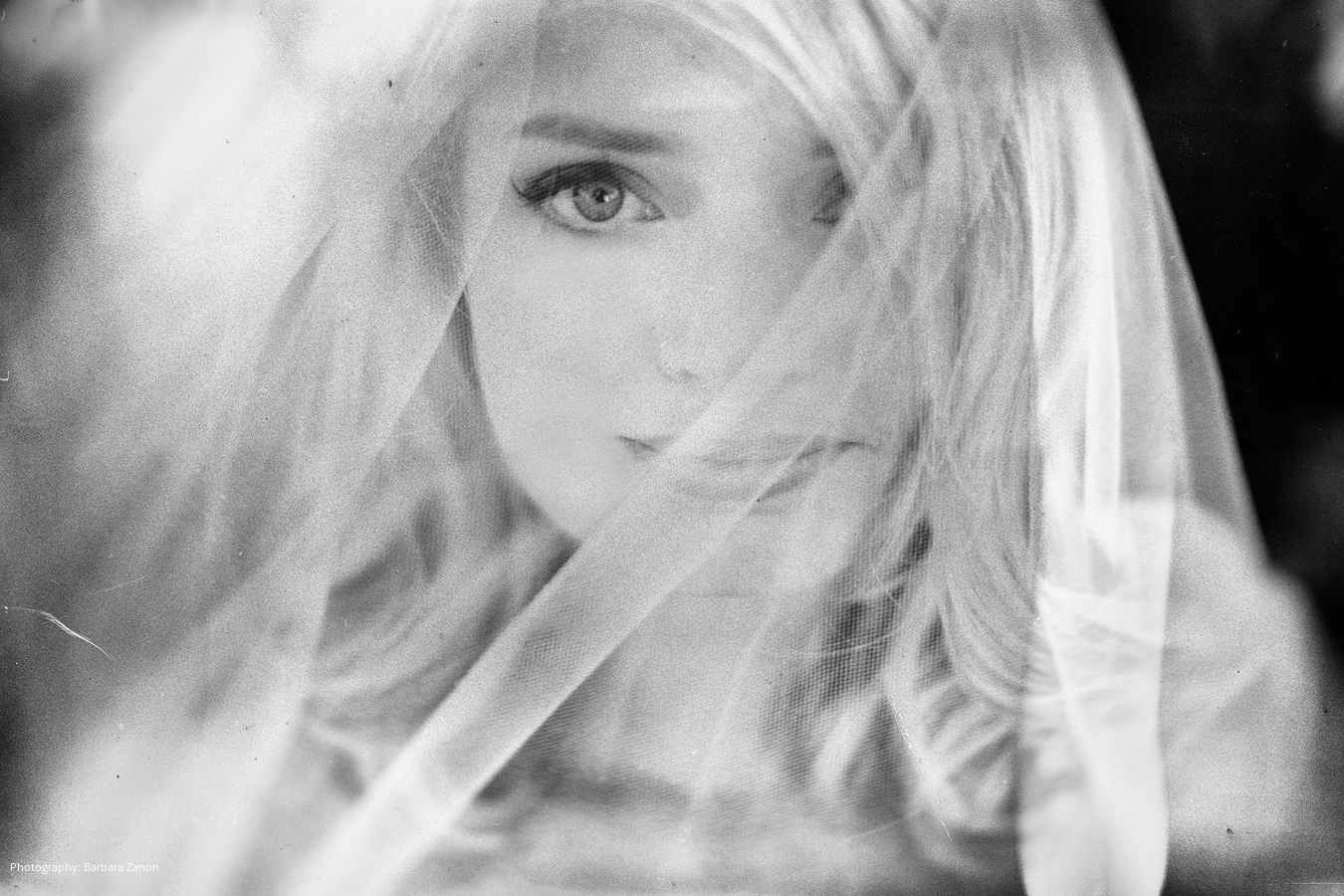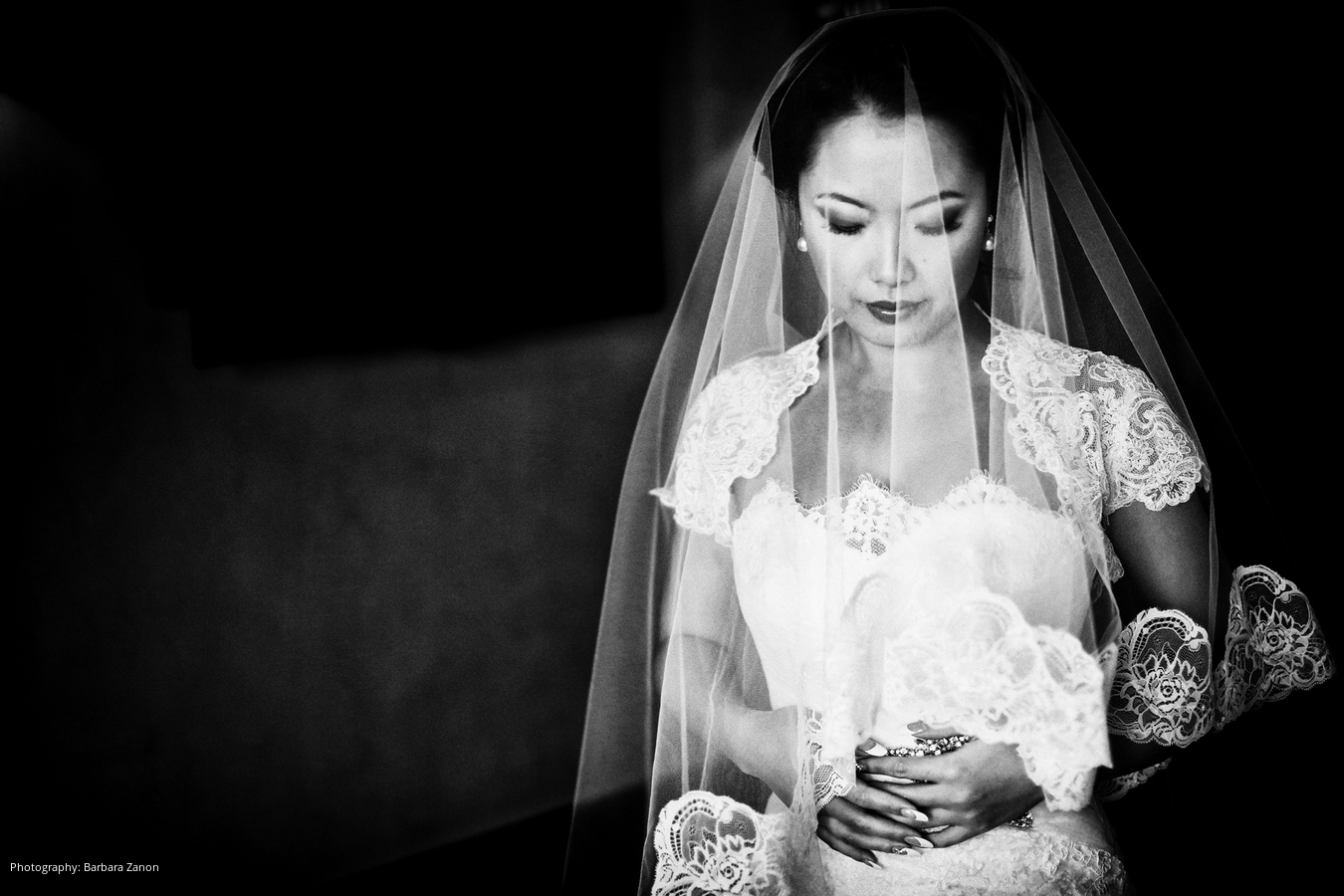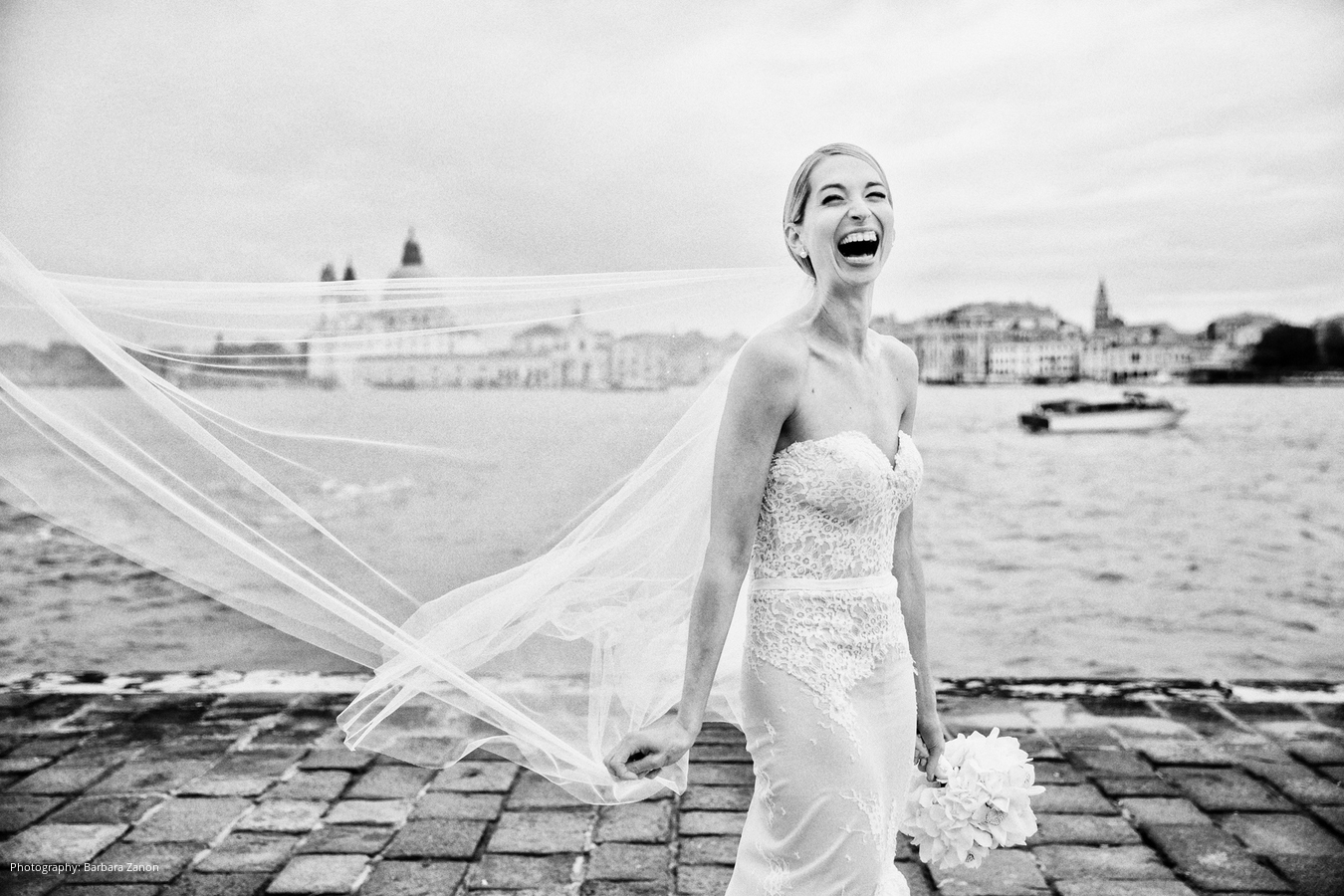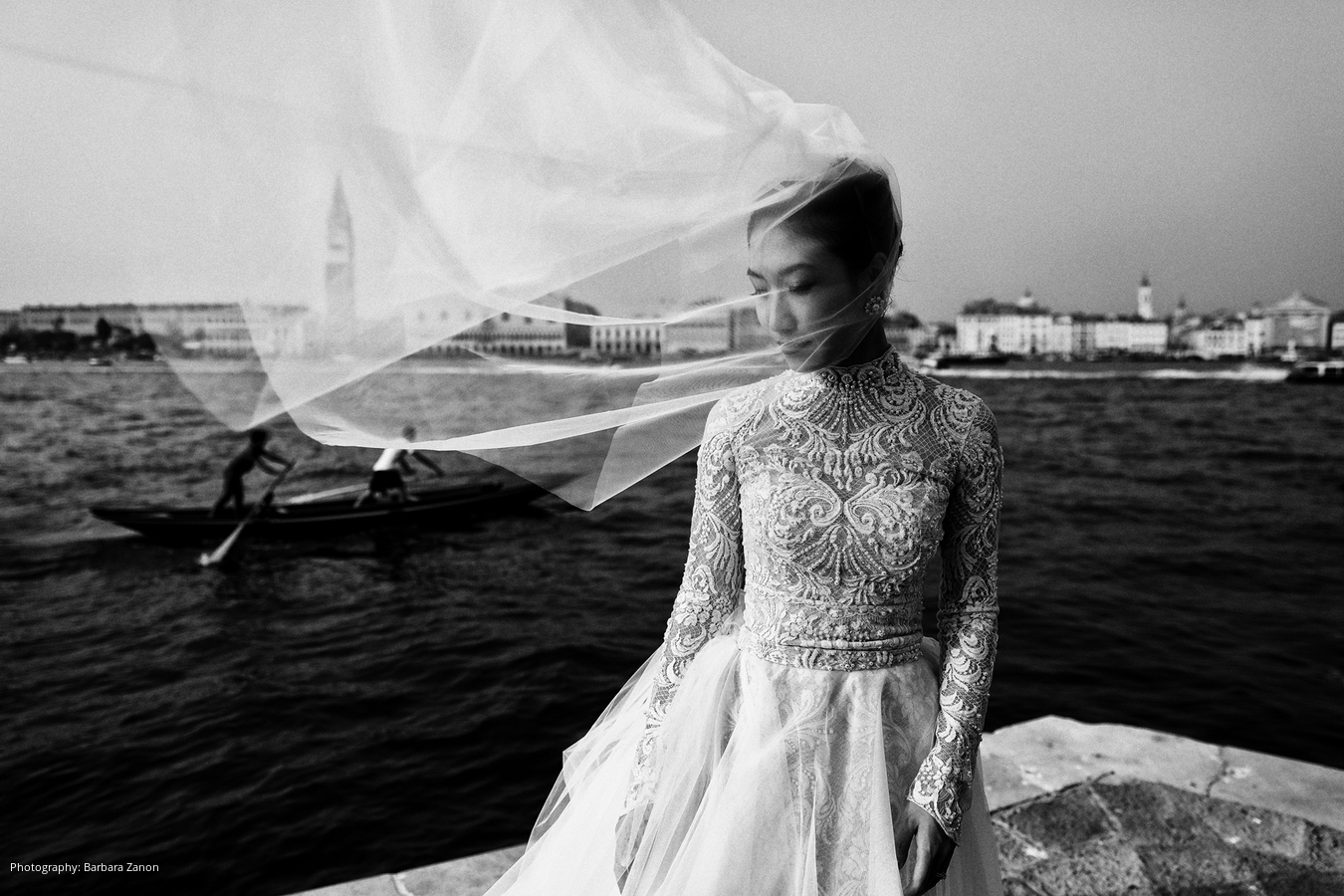
The origins of the wedding veil extend far back into the past, spanning a diverse range of cultures and religions.
In ancient times, it was used during weddings to keep the bride's face hidden from her future husband until the end of the ceremony. It also signified virginity and discretion.
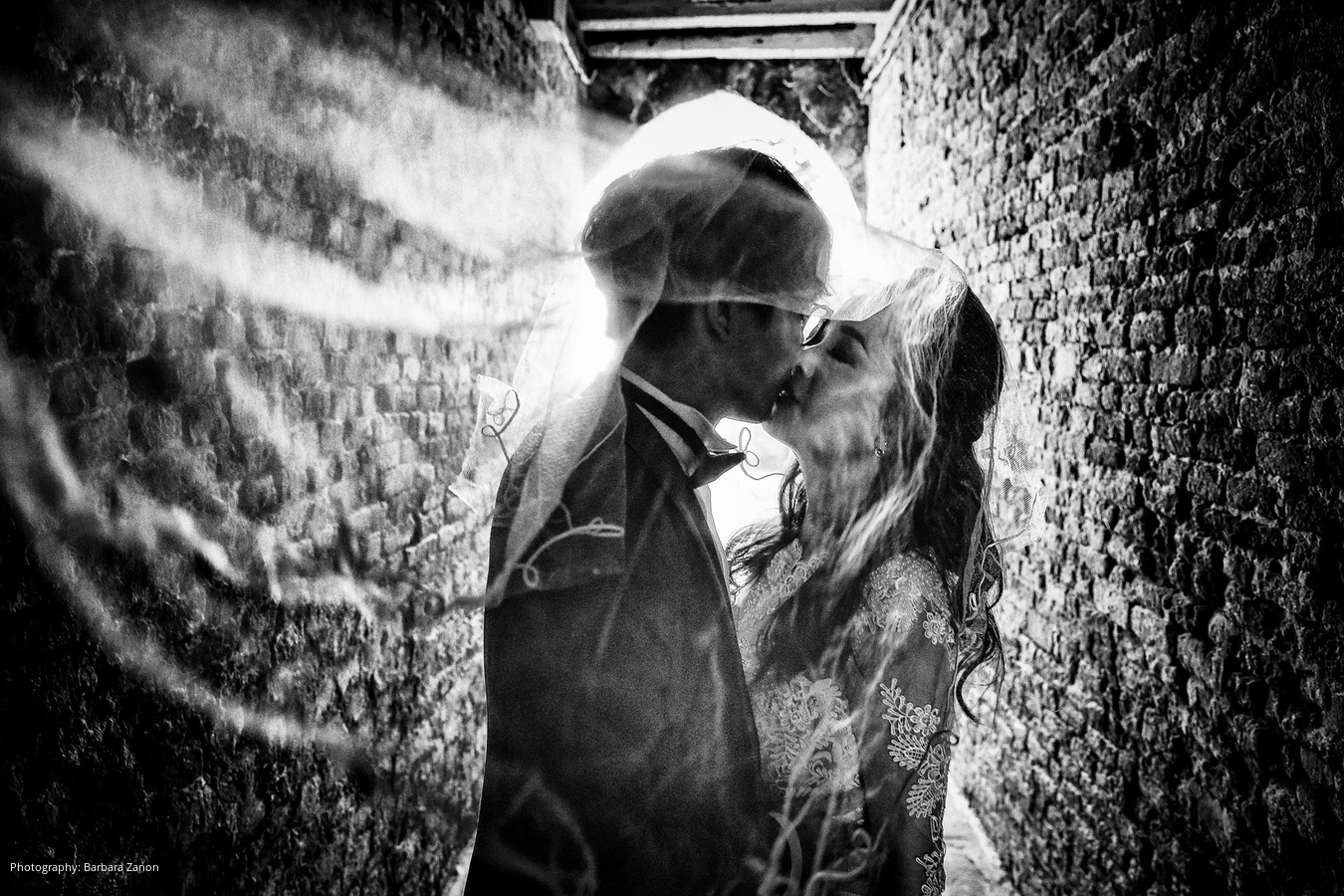
In other historical periods it was worn as a sign of good luck, and at times it was even placed on the head of the groom to protect the couple virtually.
In Eastern cultures, the veil was used to preserve the bride from negative feelings such as jealousy and selfishness, as well as to conceal her face until the wedding night.
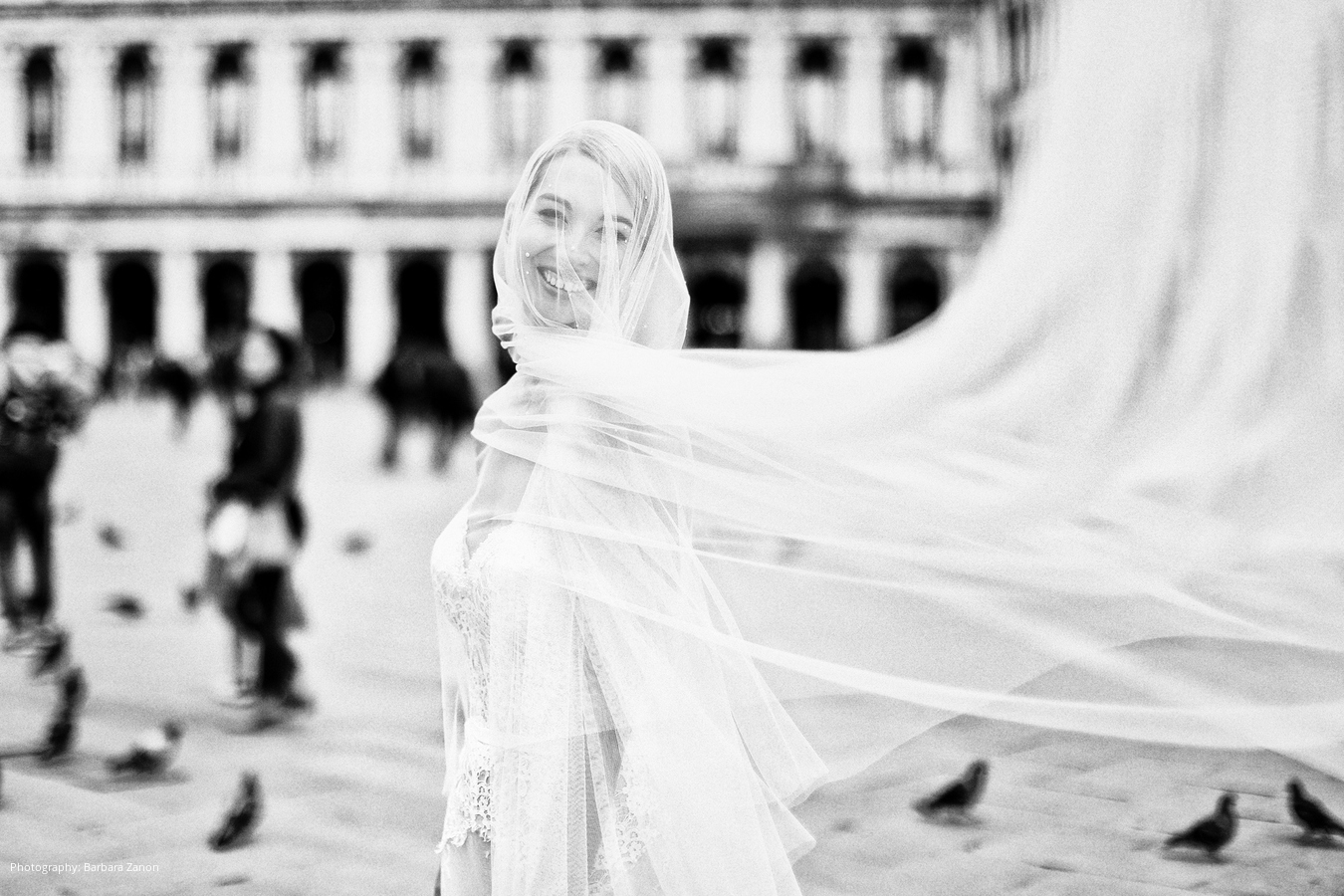
It was only at the beginning of the twentieth century that the veil began to lose its original meaning and slowly become a fundamental accessory to complete the wedding dress, with models that vary according to fashion and to social class of the wearer.
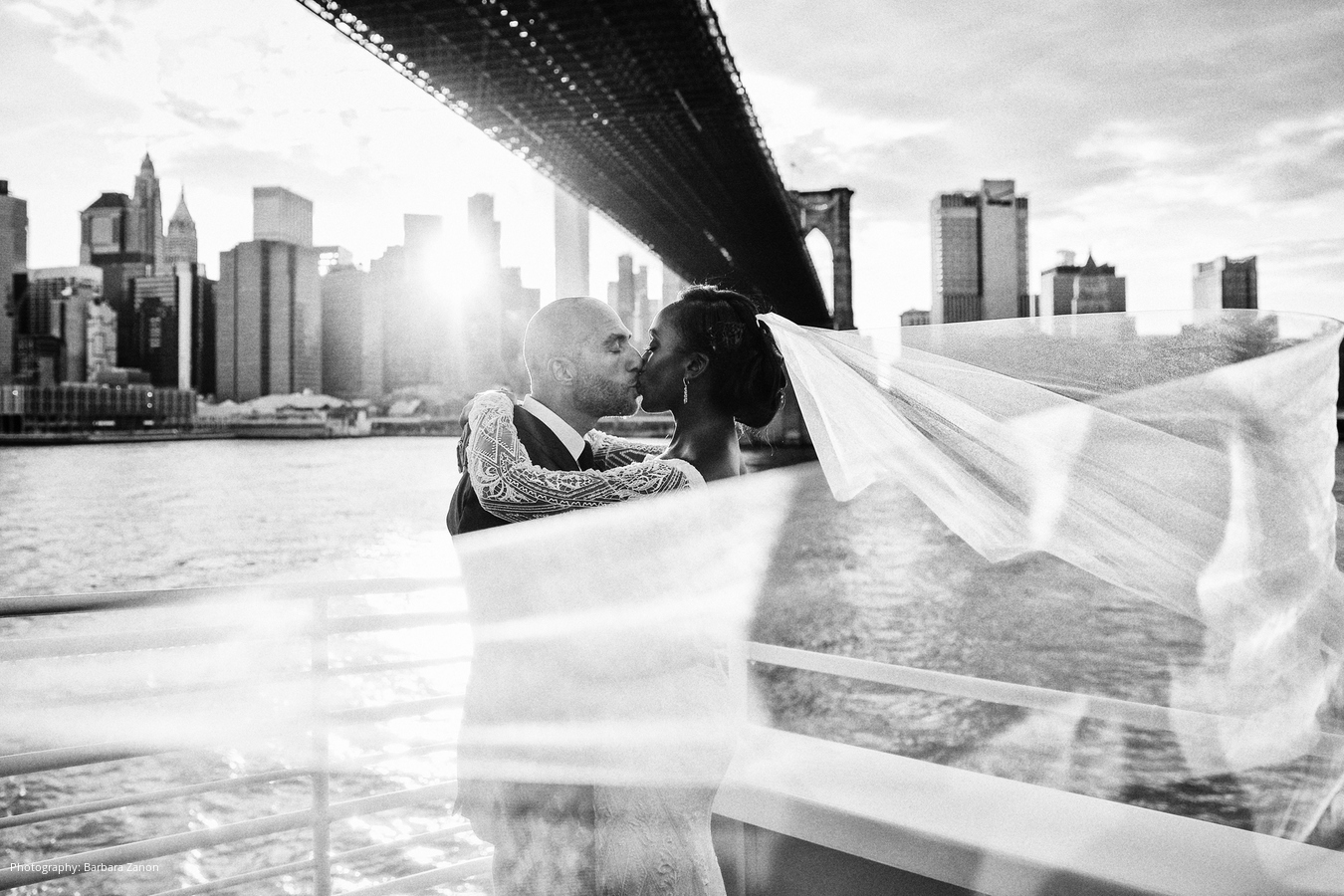
Many women choose to wear one today, even during civil ceremonies and symbolic marriages, in the knowledge that fashion has been able to reinterpret the veil and make it extremely versatile and decorative. In addition to completing the dress, it can also emphasise the hairstyle and become an active part of it.
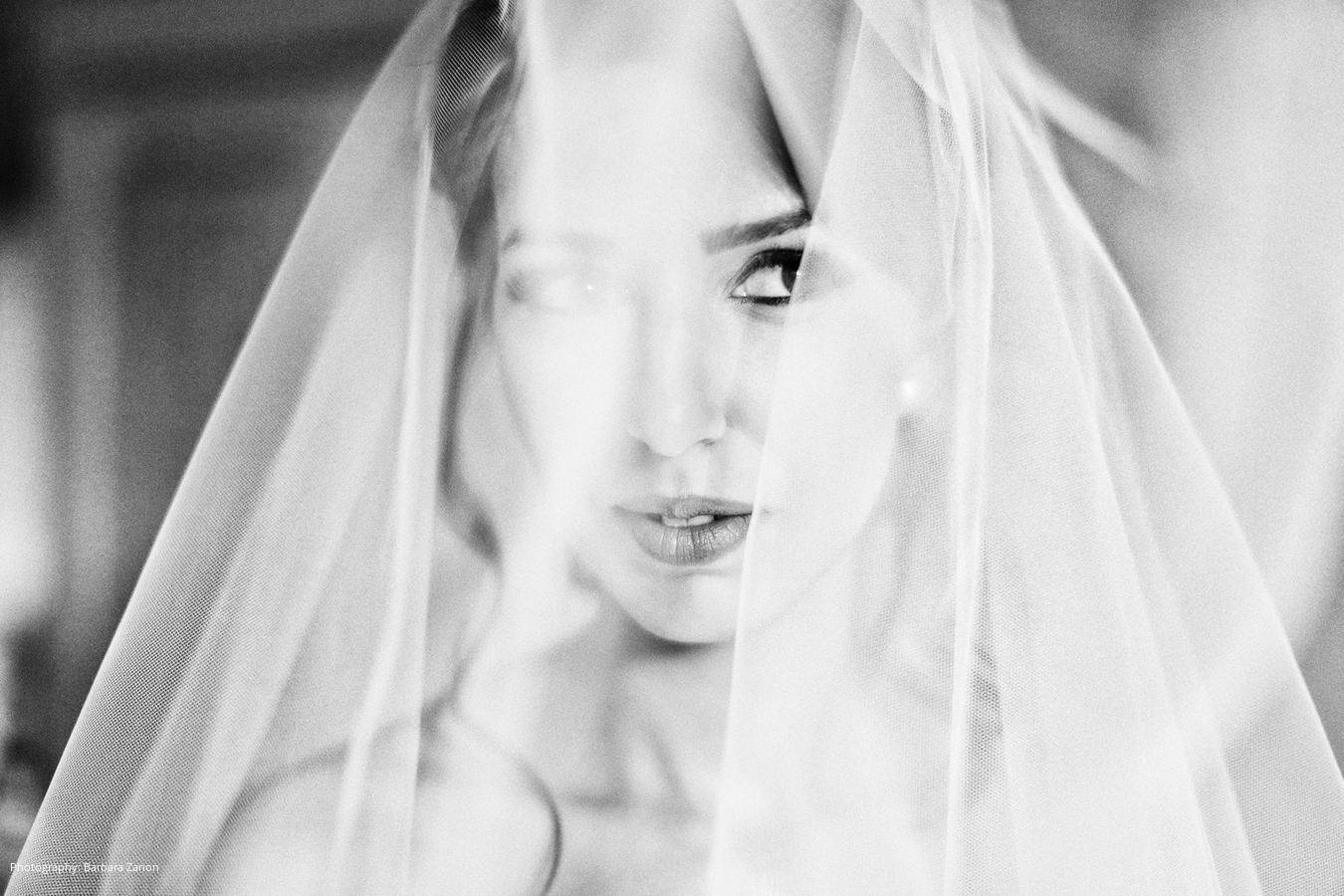
Whether embroidered or plain, a veil is always a source of excitement. As a photographer, even after having photographed hundreds of weddings, I always find myself getting emotional as the bride is getting ready. When I see her put on the veil, I this that this is the exact moment in which everything starts for her.
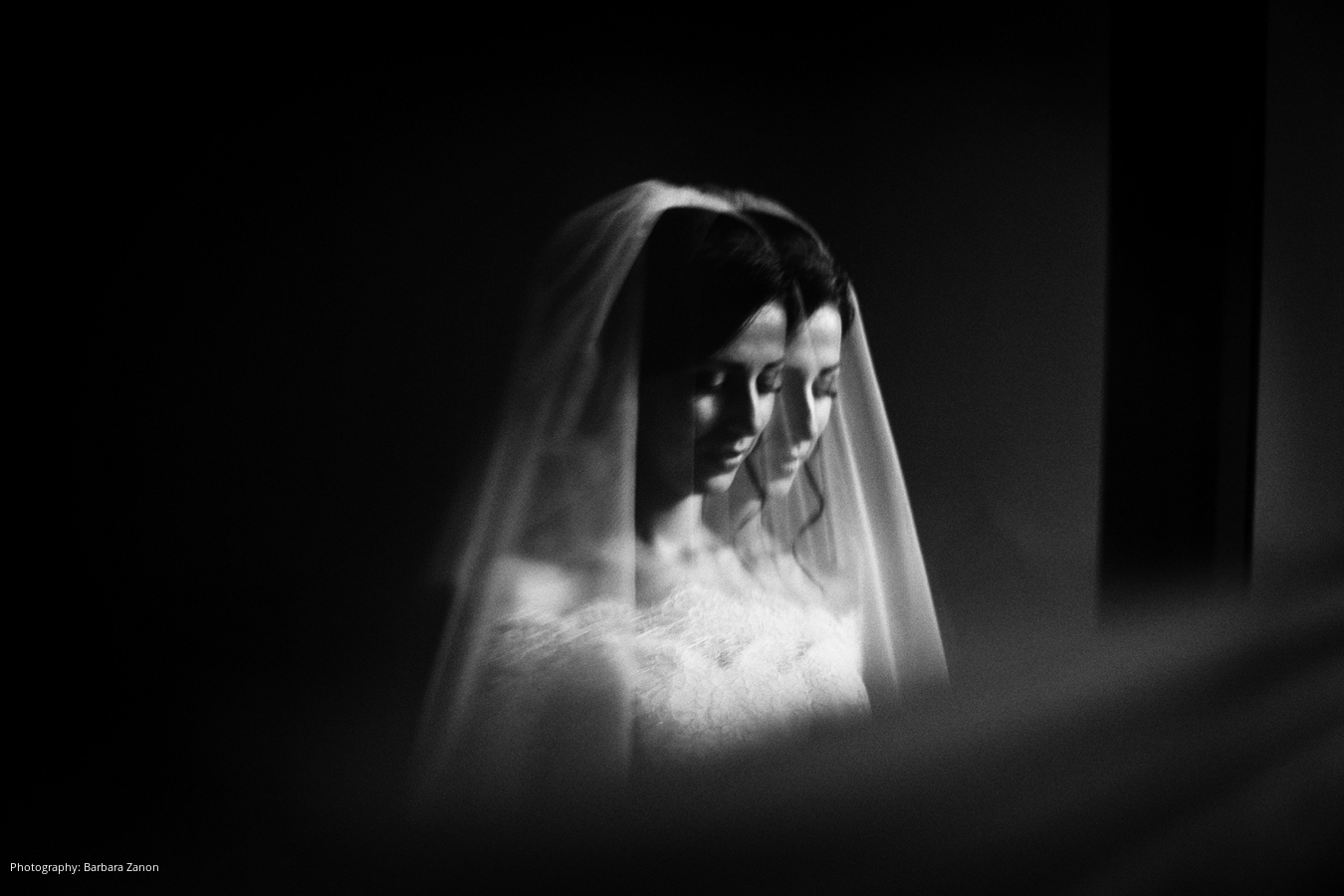
From a purely photographic point of view, the veil also offers a lot of inspiration during the portrait sessions. It certainly allows the photographer to be creative and stop their photos from becoming cliche, while also giving the bride (and groom) find a way to play and relax at last after the tension of the ceremony. So dare to wear a veil - it can take on so many meanings that you certainly won't regret it!
Photography by: Barbara Zanon
